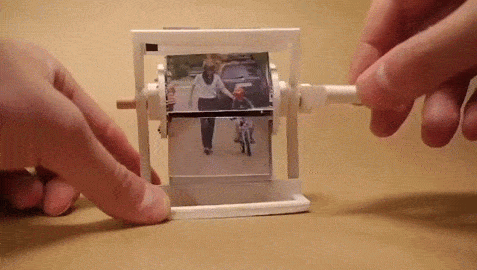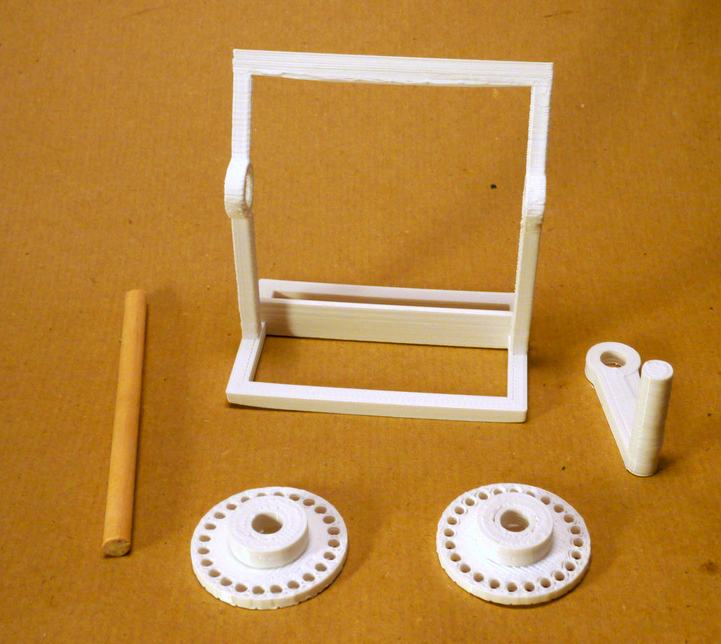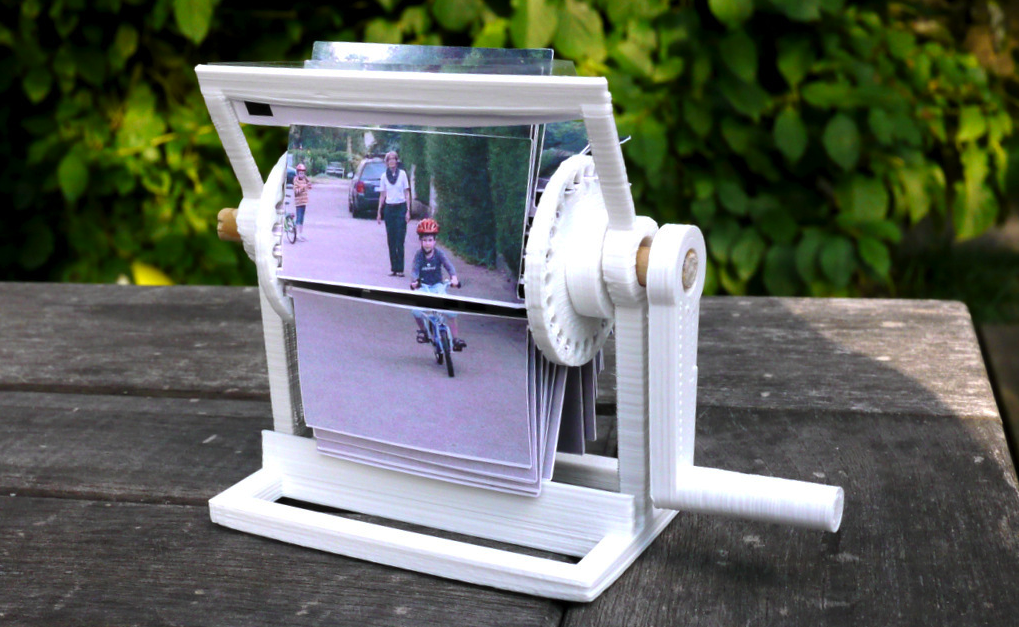 Back in 1861, a Philadelphia man by the name of Coleman Sellers II filed a patent for one of his many inventions. The patent was for a device that he called the kinematoscope, which was able to take chronologically ordered photos and turn them into movies. By “movies” I don’t refer to the big screen, high-definition, 48-frame-per-second films that we are used to seeing today, but the kinematoscope was a major step in the history leading up to today’s modern-day film production.
Back in 1861, a Philadelphia man by the name of Coleman Sellers II filed a patent for one of his many inventions. The patent was for a device that he called the kinematoscope, which was able to take chronologically ordered photos and turn them into movies. By “movies” I don’t refer to the big screen, high-definition, 48-frame-per-second films that we are used to seeing today, but the kinematoscope was a major step in the history leading up to today’s modern-day film production.
For one man, named Markus Fischer, the modern technology of 3D printing has allowed him to turn back the clock and recreate his very own kinematoscope.
“The design is very simple and straightforward,” Fischer tells 3DPrint.com. “I use Blender, and cobbled together the first prototype basically using boxes and cylinders. You can turn virtually any video you have into a series of image cards for the kinematoscope. The video snippet should be a couple of seconds in length, and you will need 24 still images from it. [The kinematoscope] is a very primitive, yet effective way of getting moving pictures. It was the ancestor of movie projectors. Turn the hand crank, and it animates the contained image cards into an animation, using persistence of vision, similar to how a flip book works.”
The fabrication of the device consists of just four 3D printed parts: the handle, the frame, and two wheels. These parts, in addition to a 7-8mm diameter wooden rod, can be assembled to make this intriguing machine. Once assembled, Fischer recommends breaking your favorite film down into individual still images. The video should only be a couple seconds long, and 24 still images should be printed onto image cards and then attached to the rotating axis of the kinematoscope.
“There are several programs out there which can convert a video into a series of JPGs,” says Fischer. “The one I used is ‘Free Video to JPG Converter’ by DVDVideoSoft. Be careful, though: The installer is evil and tries to install adware. Use manual options and carefully unselect all optional things it tries to install.”
 The software allows you to specify how many frames should be taken, and even which frames are used. Fischer recommends creating videos with a frame rate of less than 24 images per second, as this allows for more action to take place. Complete instructions on setting up the device can be found on Fischer’s website.
The software allows you to specify how many frames should be taken, and even which frames are used. Fischer recommends creating videos with a frame rate of less than 24 images per second, as this allows for more action to take place. Complete instructions on setting up the device can be found on Fischer’s website.
The way the kinematoscope works is that when the handle is turned, the frames (individual photos) rotate, creating a flip book-like effect. It’s a great way to store special moments that you would like to replay over and over again, and it also makes for the perfect gift to that special someone. Fischer has made the design files for his device available on Thingiverse for anyone to download and print themselves.
What do you think about Fischer’s 3D printer kinematoscope? Will you be 3D printing your own? Discuss in Kinematoscope forum thread on 3DPB.com. Check out the video of the device in action below.
Subscribe to Our Email Newsletter
Stay up-to-date on all the latest news from the 3D printing industry and receive information and offers from third party vendors.
Print Services
Upload your 3D Models and get them printed quickly and efficiently.
You May Also Like
Making 3D Printing Personal: How Faraz Faruqi Is Rethinking Digital Design at MIT CSAIL
What if your 3D printer could think more like an intelligent assistant, able to reason through a design idea, ask questions, and deliver something that works exactly the way the...
Reinventing Reindustrialization: Why NAVWAR Project Manager Spencer Koroly Invented a Made-in-America 3D Printer
It has become virtually impossible to regularly follow additive manufacturing (AM) industry news and not stumble across the term “defense industrial base” (DIB), a concept encompassing all the many diverse...
Heating Up: 3D Systems’ Scott Green Discusses 3D Printing’s Potential in the Data Center Industry
The relentless rise of NVIDIA, the steadily increasing pledges of major private and public investments in national infrastructure projects around the world, and the general cultural obsession with AI have...
Formlabs Teams Up with DMG MORI in Japan
In late June, Nick Graham, Chief Revenue Officer at Formlabs, announced on LinkedIn that the company had partnered with DMG MORI, one of the world’s leading machine tool companies, to...



































